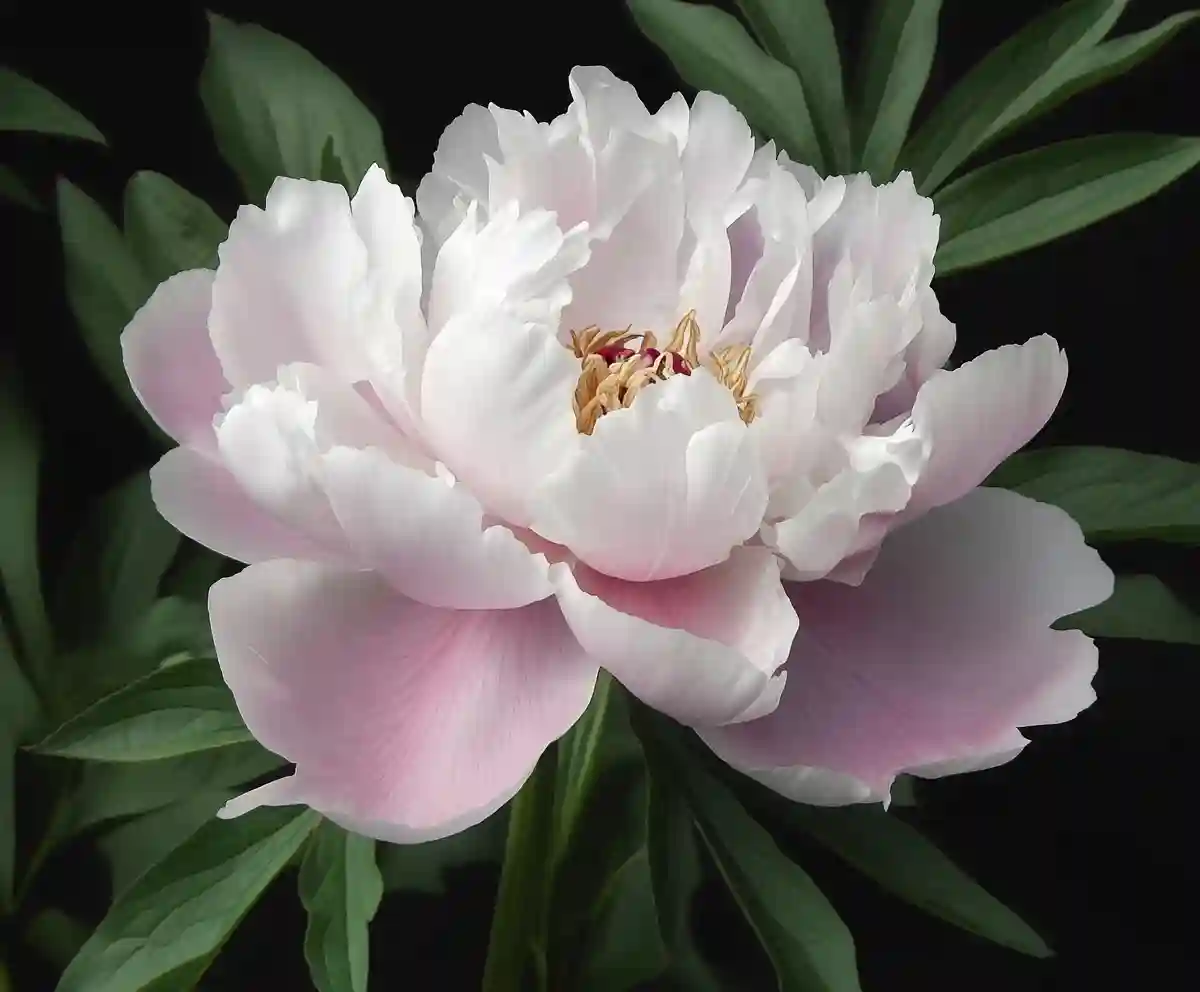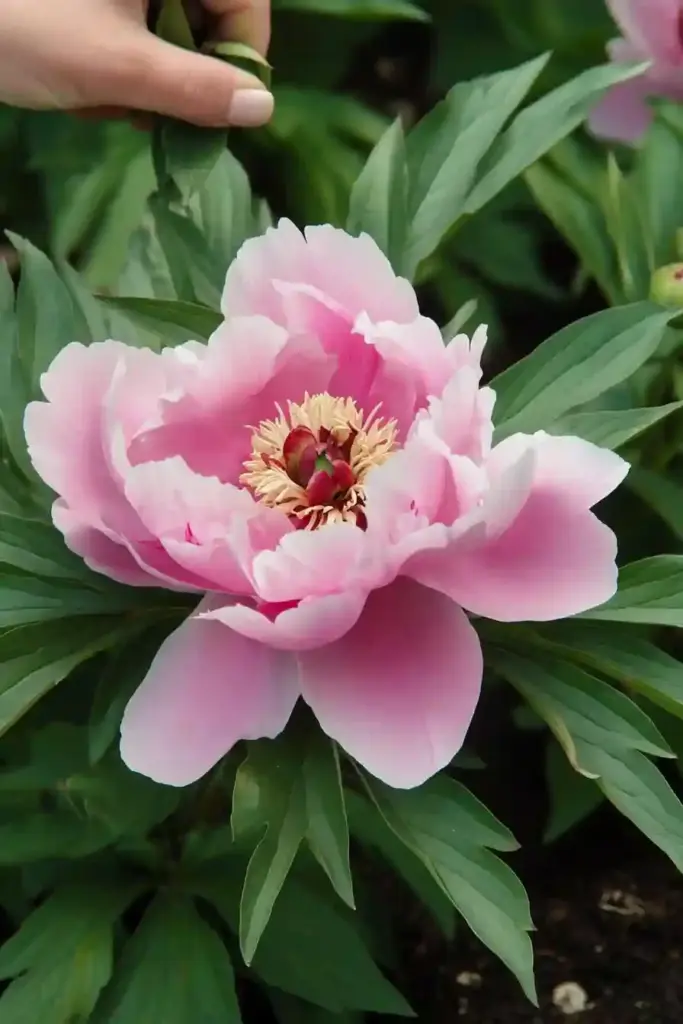Peonies are a gardener’s dream—fragrant, showy, and remarkably long-lived. Whether you’re planting your first peony or nurturing a mature garden favorite, mastering proper peony care is key to enjoying their legendary blooms year after year. In this guide, you’ll learn everything you need to know about planting, growing, and maintaining peonies—from choosing the right spot to troubleshooting common issues. With a little attention and a lot of love, your peonies will thrive and become a beloved part of your landscape.
Let’s dive into how to care for peonies the right way.
If you’re inspired to create a garden that blends timeless elegance with vibrant blooms, take a moment to check out Create an English Garden with These 14 Classic Flowers. This guide is packed with creative ideas and practical tips for incorporating traditional English garden elements alongside your peonies, ensuring a harmonious, visually stunning outdoor retreat that speaks to your garden’s unique charm.
Choosing the Right Location for Peonies
When it comes to peony care, success starts with location. Peonies are sun lovers that thrive when planted in the right conditions. Here’s what to keep in mind:
☀️ Sunlight Requirements
- Full sun is ideal: Peonies need at least 6 hours of direct sunlight per day to bloom well.
- In hotter regions, a bit of afternoon shade can help prevent scorching and extend bloom life.
🌱 Soil Conditions
- Well-draining soil is crucial. Peonies don’t like “wet feet,” and poor drainage can lead to root rot.
- Rich, loamy soil enriched with organic matter gives your peonies a strong start.
- pH between 6.5 and 7.0 is best—neutral to slightly acidic.
💡 Pro Tip:
Avoid planting too close to large trees or shrubs, which can compete for nutrients and sunlight.
How to Plant Peonies the Right Way
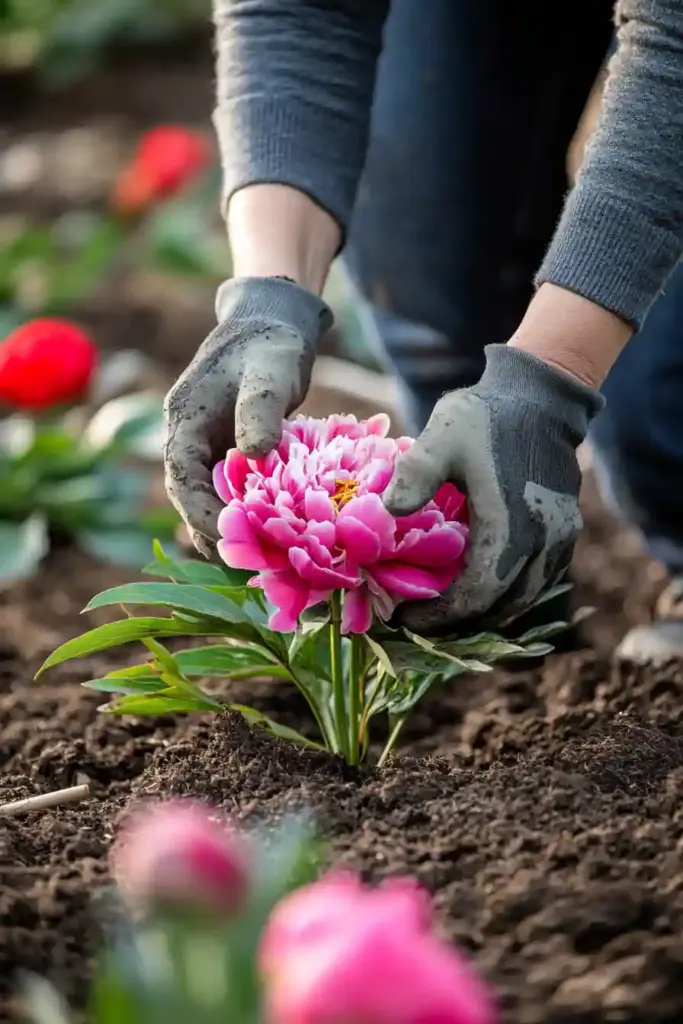
Planting peonies isn’t complicated, but there are a few essential tips to ensure healthy growth and consistent blooms.
🌿 When to Plant Peonies
- Best time: Fall (late September to early November) is ideal for planting or transplanting peonies. Cooler temps allow roots to establish before winter.
- Spring planting is possible, but it may delay blooming for a year or two.
🕳️ Planting Instructions
- Dig a generous hole about 12–18 inches wide and deep.
- Mix in compost or well-rotted manure with the soil to improve drainage and fertility.
- Position the peony crown (where the roots meet the stems) no more than 1 to 2 inches below the soil surface—too deep, and it may not bloom.
- Backfill, tamp gently, and water thoroughly.
🌼 Bare Root vs. Container Peonies
- Bare root peonies: Soak them for an hour before planting and be careful with fragile roots.
- Container-grown peonies: Gently loosen the roots before planting.
Watering and Fertilizing Peonies for Optimal Growth
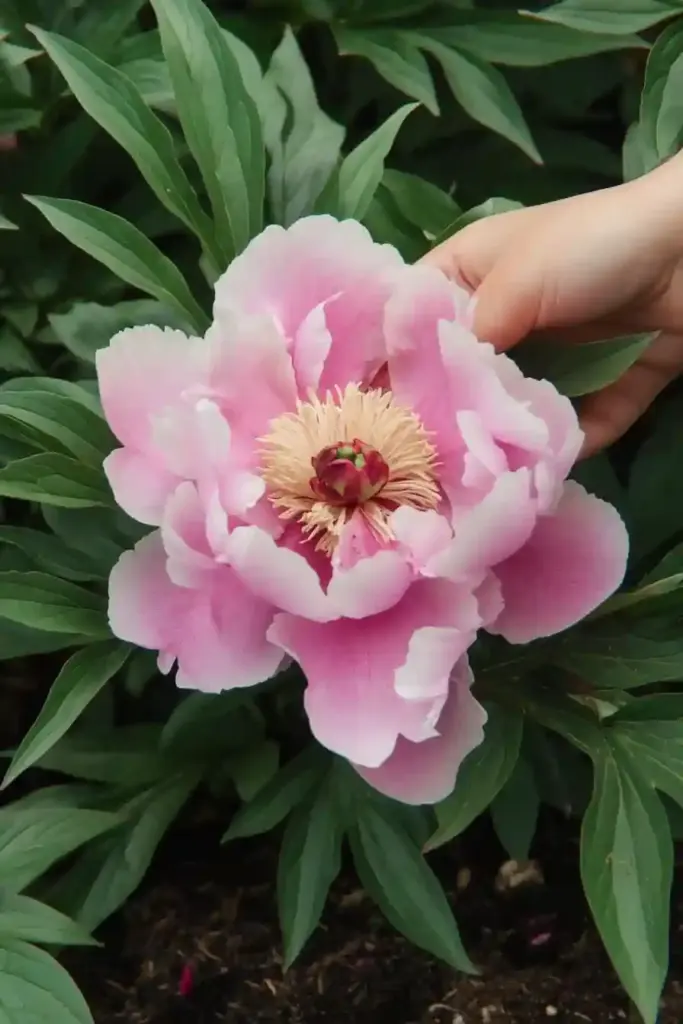
Proper peony care includes consistent watering and the right feeding routine—both are key to strong stems and abundant blooms.
💦 Watering Tips
- Keep the soil evenly moist, especially during the first growing season.
- Once established, peonies are fairly drought-tolerant but still appreciate weekly deep watering, particularly during dry spells.
- Avoid overhead watering—wet foliage can lead to fungal issues like powdery mildew.
- Water at the base of the plant to keep leaves dry.
🌿 Fertilizing Guidelines
- Peonies are not heavy feeders, but they benefit from an annual spring feeding.
- Use a balanced, slow-release fertilizer (like 10-10-10) as shoots begin to emerge.
- Avoid high-nitrogen fertilizers—these can encourage foliage growth at the expense of blooms.
✅ Pro Tips:
- Mulch lightly in spring to retain moisture but keep mulch away from the crown to prevent rot.
- In late fall, cut back spent foliage and remove debris to reduce the risk of pests and disease.
Staking, Pruning & Common Peony Problems
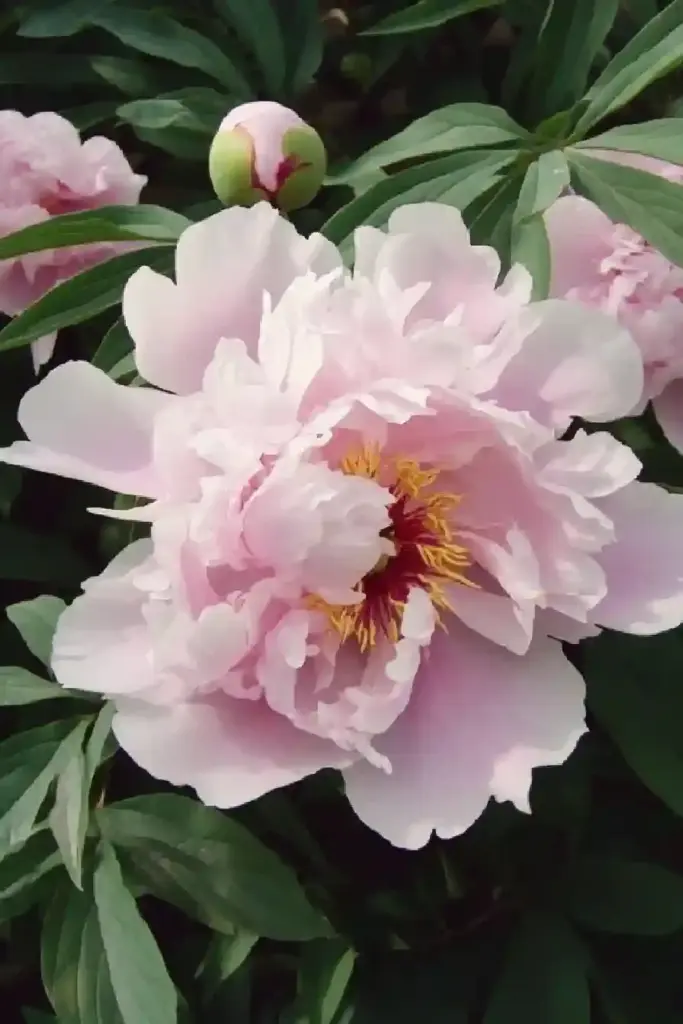
Even the healthiest peonies need a little support—literally and figuratively. Here’s how to manage growth and avoid issues that can hinder their performance.
🪴 Staking for Support
- Large blooms = heavy flowers. Use peony rings or grow-through supports to prevent stems from flopping.
- Install supports early in the season while the plants are still small to avoid damaging roots.
✂️ Pruning and Deadheading
- Deadhead spent flowers to tidy the plant and direct energy back to root and foliage development.
- In the fall, after the first frost, cut stems down to the ground to prevent disease and prep for winter dormancy.
🛑 Common Peony Problems & Fixes
1. Powdery Mildew
- Appears as a white coating on leaves.
- Prevent with good air circulation and full sun.
- Treat with organic fungicides or horticultural oils every 10–14 days during cool, damp weather.
2. No Blooms?
- Could be planted too deep, or not getting enough sun.
- Newly planted peonies may take 1–3 years to bloom.
- Mild winters may not provide the chill hours needed for bud development.
3. Ants on Buds
- Totally normal! Ants are drawn to the sweet nectar and do not harm the plant.
- Just shake off any ants before bringing cut blooms indoors.
Cutting Peonies for Arrangements & Design Inspiration
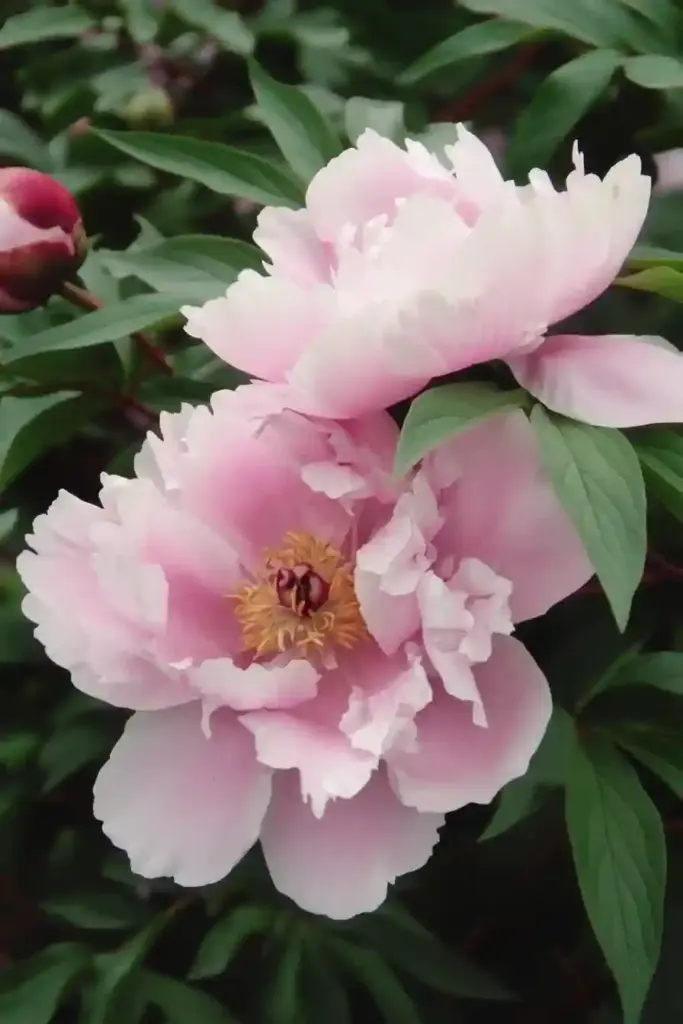
One of the joys of mastering peony care is being able to enjoy their lush, fragrant blooms in vases around your home. Here’s how to cut them the right way—and a few design ideas to inspire you.
✂️ When and How to Cut Peonies
- The ideal stage for cutting is called the “marshmallow stage.”
- Buds are round, soft, and slightly squishy—not tight and hard.
- If cut too early, buds won’t open in the vase; too late, and they may wilt quickly.
- Use clean, sharp pruners, and cut stems in the cool of the morning.
- Leave some foliage behind on each stem so the plant can photosynthesize and store energy for next year.
💐 Peony Arrangement Tips
- Pair peonies with roses, ranunculus, or eucalyptus for a romantic vibe.
- For bold contrast, try mixing dark red or coral peonies with greenery or white blooms.
- Want longer vase life? Add a teaspoon of sugar and a drop of bleach to the water and change it daily.
🧼 Bonus Tip:
To avoid bringing ants inside, hold stems upside down and gently shake before arranging.
🌿 Conclusion: Peony Care That Pays Off for Years
Peonies may have a reputation for being a bit finicky, but with the right care, they’ll reward you with lush blooms and lasting beauty season after season. From choosing the perfect sunny spot to mastering watering, feeding, and pruning, every step plays a part in their success. Whether you’re a new gardener or a seasoned green thumb, this peony care guide gives you everything you need to grow happy, healthy peonies you’ll love year after year.
So go ahead—plant those roots, stake those stems, and get ready to enjoy one of the most spectacular blooms in the garden.

